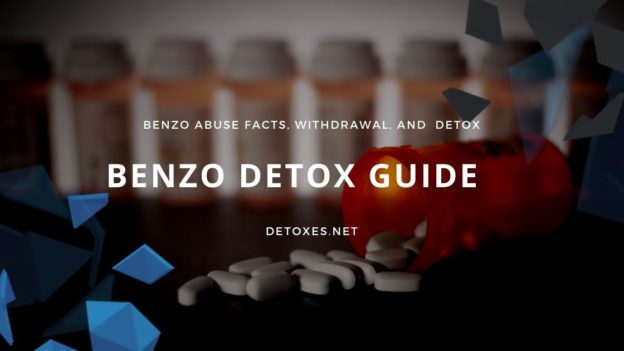There is limited evidence available regarding benzodiazepine misuse in the United States. A cross-sectional analysis by Maust, Lin and Blow (2019) found that:
- 6% of adults reported past-year benzodiazepine use
- 2% of overall use was attributed to misuse
- Older adults (50-64 years) had the highest prescribed use
- Younger adults (18-25 years) had the highest misuse
Benzodiazepines provide sedative effects by increasing the levels of GABA, an inhibitory neurotransmitter in the brain. GABA produces a calming effect on the brain, thus decreasing anxiety. They can cause drowsiness and in-coordination. When used with alcohol, driving becomes dangerous as both benzodiazepines and alcohol suppress the central nervous system. Sleep may be induced and, in even higher doses, respiratory depression and death can occur. Higher doses also impair memory and cognitive functions (Longo & Johnson, 2000).
The most commonly prescribed benzodiazepines tend to be the following (Kroll, Nieva, Barsky & Linder, 2016):
- Valium (diazepam)
- Xanax (alprazolam)
- Klonopin (clonazepam)
- Ativan (lorazepam)
While these prescription drugs can certainly provide profound relief to someone in the throes of ongoing panic attacks, the long-term effects of these prescription drugs often negates any good that they may provide. As stated, they are incredibly addictive substances and, particularly in patients with co-existing substance abuse, are easy to become dependent on.
Continue reading if you or a loved one are battling an addiction to benzodiazepines.




